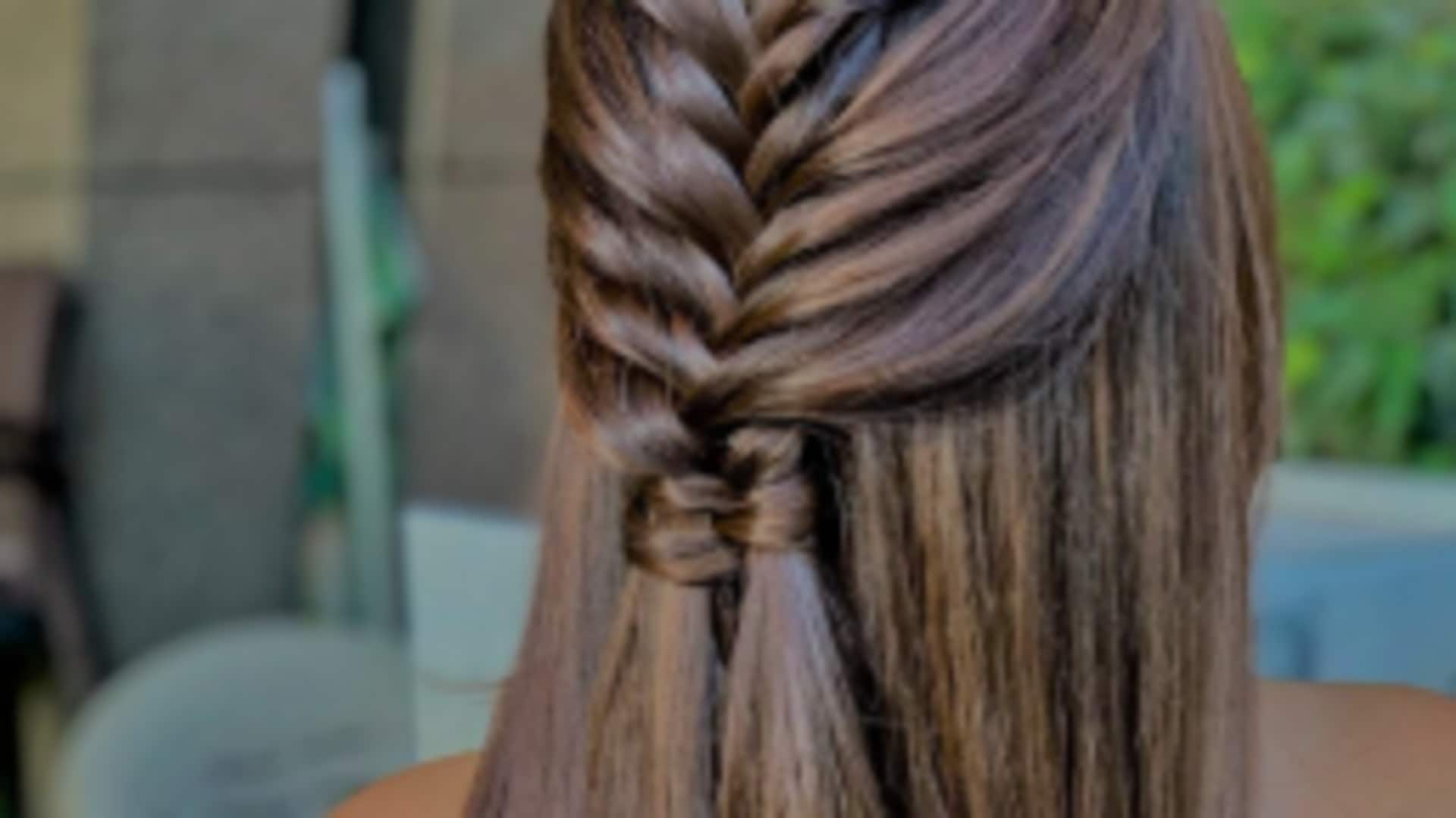
Bored with your regular hairstyle? You need to try this!
What's the story
Side braids are an easy yet stylish way to add that extra oomph to your look.
They can be worn casually or even dressed up for a special occasion, which is why they are a favorite of many.
With just a few simple techniques, you can do magic to your hairstyle.
Here are some easy ways to get gorgeous side braids that suit different hair types and lengths.
Basic braid
Classic side braid technique
The classic side braid is the easiest place to start for anyone who's new to braiding.
Start by collecting all your hair to one side of your head.
Divide it into three equal sections, and start crossing the outer sections over the middle one, alternately.
Repeat until you reach the end of your hair, then secure it with an elastic band.
It works well on straight and wavy hair alike.
Fishtail style
Fishtail side braid method
The fishtail braid gives a more complicated look but is still easy to do.
Instead of three, divide your hair into two sections to begin with.
Take a small piece of hair from the outer edge of either side and cross it over to combine with the other side.
Switch sides and repeat the process until you reach the end of your hair, then secure with an elastic band.
French twist
French side braid approach
For the more sophisticated ones, French side braid is the way to go.
Start from the top of one side of your head by taking a small section of hair and dividing it into three parts, like a basic braid.
As you go down braiding, start adding more strands from each side into the main braid until all hair falls into place.
Dutch style
Dutch side braid technique
The Dutch braid looks similar to its French counterpart but gives an outward-facing effect that pops out more on darker/thicker hair types.
Take three sections from one side near your temple area to start.
But, instead of the crossing over like in traditional styles, cross them under each other, while adding additional strands from either direction throughout down towards ends.
Tighten with elastic bands if necessary, depending on thickness levels in individual locks themselves.